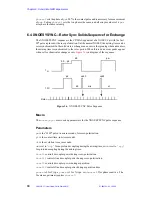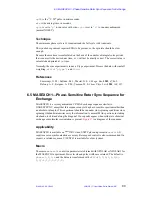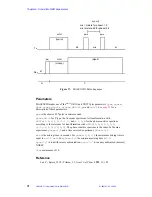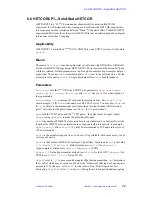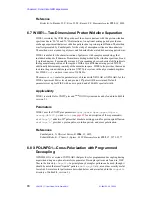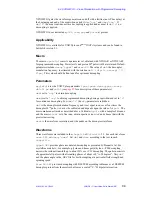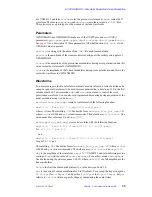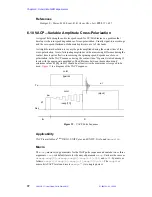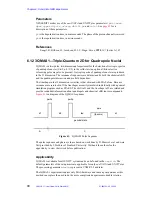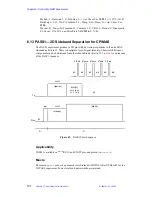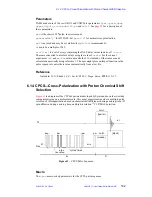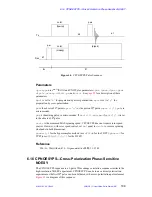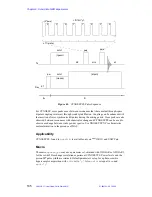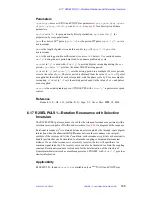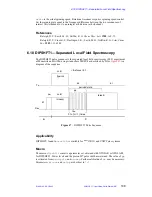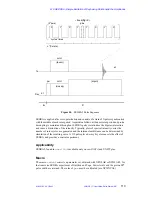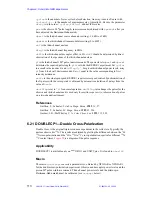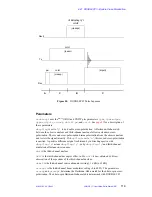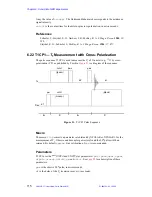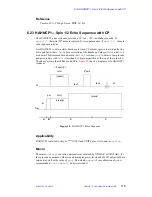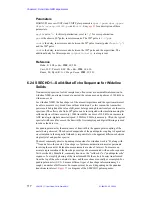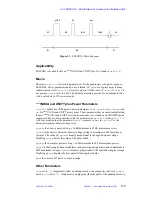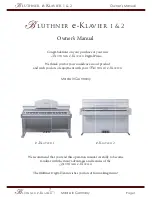
Chapter 6. Solid-State NMR Experiments
103
VNMR 6.1C User Guide: Solid-State NMR
01-999162-00 C0402
Parameters
pw
is the
1
H 90
°
pulse for cross-polarization, in microseconds.
p2
is the contact time, in microseconds.
d2
is the evolution time, in seconds.
dm
is set to
'nny'
for no proton decoupling during the mixing time;
dm
is set to
'nyy'
for proton decoupling during the mixing time.
level1
controls decoupler power during cross-polarization.
level1f
controls fine decoupler power during cross-polarization.
level2
controls decoupler power during acquisition.
level2f
controls fine decoupler power during acquisition time.
tau
is the time, in microseconds, between the start of pulses in the multiple pulse
sequence. In the case of MREV8, the cycle length is 12
tau
long.
mix
is the mixing time for spin diffusion, in seconds.
cycles
is the number of times through the multiple pulse sequence.
Reference
Spiess, H. W.; Schmidt-Rohr, K.; Clauss, J.; Blumich, B. Magn. Reson. Chem. 1990,
28, S3.
6.15 CPCOSYPS—Cross-Polarization Phase-Sensitive COSY
The CPCOSYPS sequence is similar to the high-resolution COSY experiment.
CPCOSYPS can be run as a direct polarization experiment or the first 90°
°
pulse can be
replaced with a cross-polarization pulse element.
As with COSY, correlations are present between resonances that share a J-coupling.
CPCOSYPS is of greatest use when J-coupling is large, for example,
31
P in organometallic
compounds. When J-coupling is small, use CPNOESYPS, which depends on the through-
space dipolar interaction.
Applicability
CPCOSYPS, found in
userlib
, is available only on
UNITY
INOVA and UNITYplus.
Macro
The macro
cpcosyps
converts a parameter set, obtained with XPOLAR or XPOLAR1,
for the solids homonuclear correlation experiment CPCOSYPS. Power levels and the
1
H
90°
°
pulse width are retained. Default parameters set up for a phase-sensitive hypercomplex
acquisition with
sw1=sw
and
xpol='y'
.

